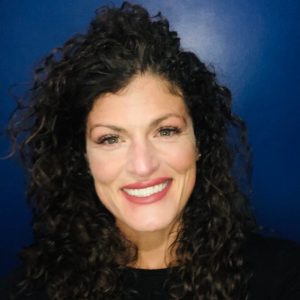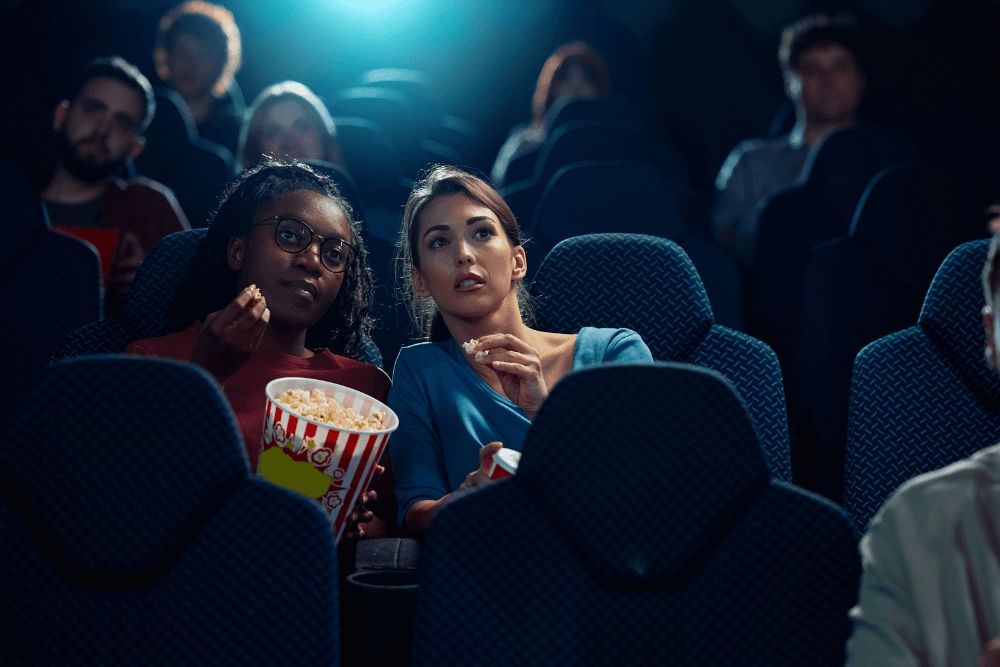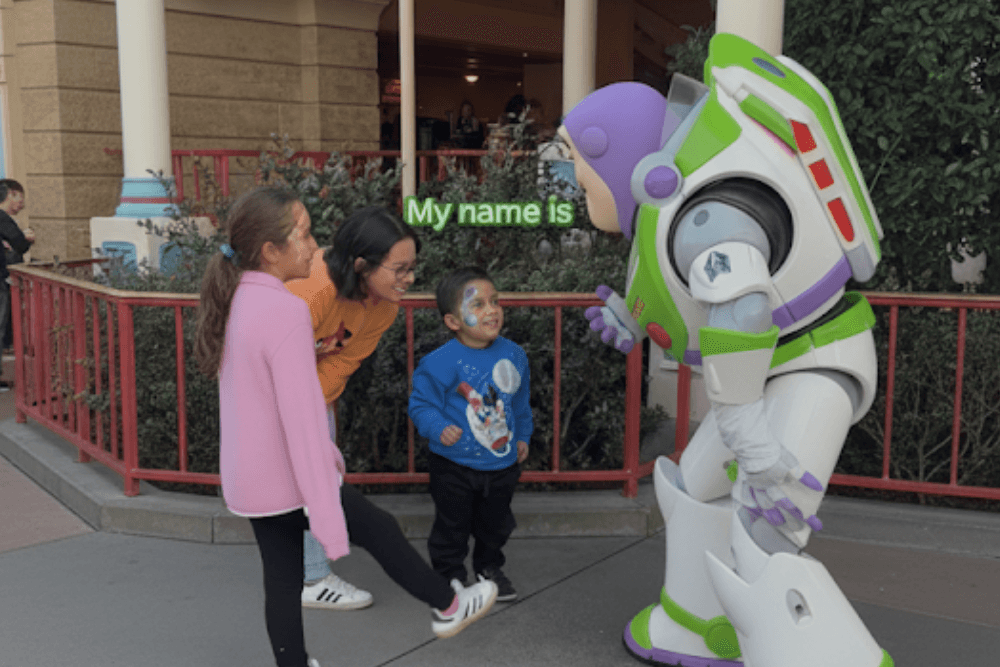Every so often, a post comes across my LinkedIn feed that makes me want to stand up and applaud. This week, it was a piece by Patrick McMullen, founder of Inclusify Studio, that perfectly articulated a challenge we in the interpreting industry face every single day.

He shared the story of a brand that wanted to hire a Deaf creator (a fantastic goal) but was shocked by the cost of the sign language interpreter. His post correctly identified the root of the problem: accessibility is too often treated as an afterthought, a line item to be squeezed in if there’s anything left over.
As Patrick pointed out, productions budget for lighting, catering, and locations. Why not access?
This is a conversation I have almost daily. When brands and production companies see a quote from us, they often experience the same “sticker shock” Patrick described. It’s a reaction that comes from a fundamental misunderstanding of what our work entails.
Beyond the “One Hour” Myth
One of the most common assumptions I encounter is that a one-hour video shoot only requires one hour of an interpreter’s time. From the outside, that logic seems sound. But in our industry, this often leads to a difficult moment when a client sees our quote. The price reflects hours of hidden preparation, and because that work is invisible, the cost can seem unexpectedly high, causing many projects to stall at this stage.
Providing a high-quality, authentic sign language translation for any project, especially video, is a meticulous professional service. The time an interpreter spends on screen is merely the final step in a long process.
Here’s a look at the unseen work that goes into that “one hour” of filming:
- Pre-Production & Translation: Before we ever set foot on a set, my team and I dedicate hours to preparation. We study scripts, brand guidelines, and specific terminology. The English script must be thoughtfully translated into a culturally and linguistically authentic ASL equivalent. This is not a word-for-word task; it is a sophisticated process that requires deep expertise in both languages to ensure the tone, intent, and core message are conveyed perfectly.
- Rehearsal & Collaboration: The translated script has to be rehearsed for timing, flow, and clarity. Often, our interpreters work directly with the Deaf talent to ensure the performance feels natural and aligns with their unique communication style. This collaboration is absolutely essential for an authentic final product.
- The Shoot (Production): The time on set is rarely just one take. It involves multiple takes, coordinating with the director and crew, and making real-time adjustments to ensure the interpretation is perfectly in sync with every aspect of the production.
Expecting a professional interpreter to show up and perform without this extensive preparation is like asking a keynote speaker to deliver a brilliant, hour-long speech with zero notice. The quality would suffer, and the final product would fail to connect with its intended audience.
A Framework for Real Inclusion
What I appreciate most about Patrick McMullen’s post is that he offered a clear, actionable solution in his “Access Budget Framework.” It’s a model that I believe every brand and production house should adopt.
His core message aligns perfectly with what we advise our clients:
- Budget Accessibility From Day One: Treat access as a standard, non-negotiable line item.
- Know What You Need: Understand the specific requirements of your project, whether it’s on-set interpreters, live captioning, or audio descriptions.
- Build Relationships Early: Partner with a professional agency at the beginning of your process. This allows you to get accurate cost estimates for your budget and ensures you have access to qualified, certified professionals when you need them.
Planning for Access is Essential
Patrick’s post highlights a simple truth: “When we treat access as optional, we’re saying Deaf voices are optional.”
Budgeting for professional interpreting should be viewed as an investment in quality, inclusivity, and reaching a wider, more diverse audience. By planning for these costs from the beginning, brands can see access as a standard and essential part of creating truly impactful content.






